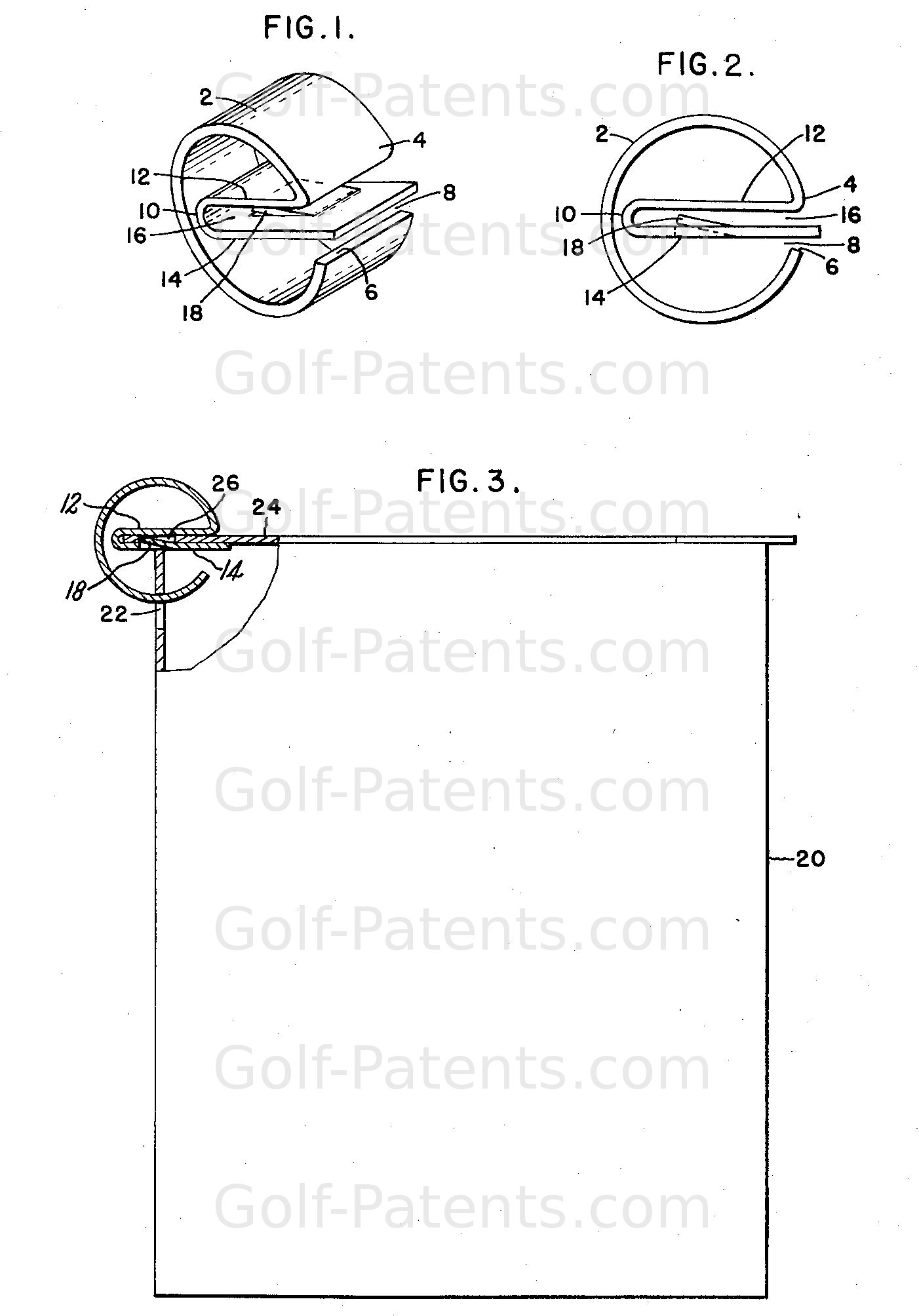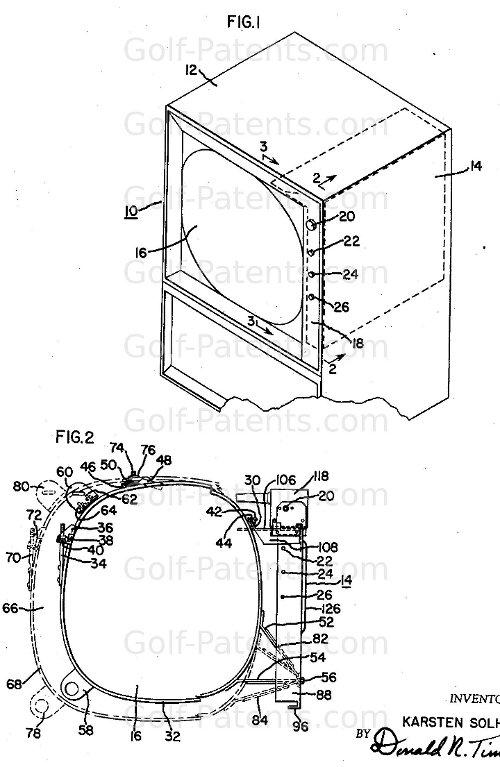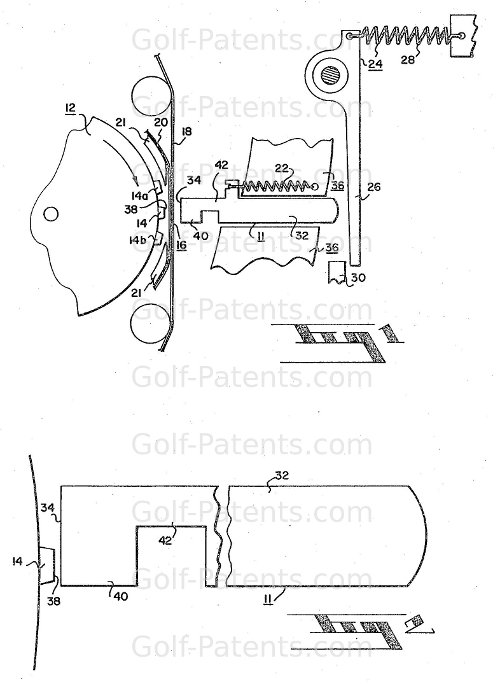The Week of Karsten Solheim – Day 1 – Karsten’s Non-Golf Patents
As we approach the 10 year anniversary of the passing of one of the most prolific golf club design visionaries, a week long tribute to the inventiveness of Karsten Solheim seems appropriate. If you don’t know who Karsten is then you are probably on this site by mistake; however, you may want to check out this nice biography on the World Golf Hall of Fame website.
Diehard golf geeks know that Karsten did not even take up golf until he was in his forties, and that it was not until he was in his mid-fifties that he quit his day job as an engineer at General Electric to focus on Karsten Manufacturing and build the powerhouse PING brand. There was a great portion of his life in which he did not focus on the torture that a little white ball can inflict on a person. So, without golf what is a man to focus on? Good question, let’s look at some of Karsten’s earliest non-golf inventions.
First we have USPN 2870438 titled “Cabinet with Integral Tube Mounting Means.” The application was filed by General Electric in 1955 and the patent issued in 1959, illustrating that the patent process has always been slow. The patent covers a cabinet in which a cathode-ray tube is mounted; an early TV perhaps? Check out these drawings.
Next, Karsten is listed as the sole inventor of USPN 2909803 titled “Snap-on Hinge for a Container Cover,” which was also a General Electric patent. A few drawings of this wonderfully simple one-piece hinge are shown below.
Then Karsten’s patent history turns back to the television with USPN 2992997 titled “Television Chassis” issuing in 1960. It appears that he was establishing himself as a successful inventor and an engineer that knew a thing or two about product development. A few drawings of this “television chassis” are seen below.
After moving from California to Phoenix is appears that his focus shifted from televisions to high-speed printers, as illustrated by USPN 3309989 titled “Print Hammer,” which issued in 1967. It appears that the print hammer designed by Karsten was unique in that unlike prior print hammers his design had “a flexible portion to enable the face of the hammer to move to assure that the face is parallel to the surface of the character being printed.” A few of the drawings of the Karsten print hammer are shown below.
Then, in 1973 Karsten had a patent issue on a “Sanding Apparatus.” The patent is USPN 3760538 and some would argue that it is not a non-golf related patent because is was applied for and issued after his focus became Karsten Manufacturing and the golf business; however, since the invention has application in a wide variety of manufacturing environments, and not just golf, I have included it as one of Karsten’s non-golf related patents. The patent is directed to a sanding apparatus that includes a thin-wall cabinet that includes a dust-settling chamber. An air passage connects the dust-settling chamber and a sander assembly so that exhaust air draws the sanding dust from the sanding assembly into the settling chamber. A drawing from the patent is reproduced below.
Well there you have it. Karsten was obviously an inventive person that probably learned a lot about the value of protecting intellectual property when he was at General Electric. Stay tuned, posts later this week will cover the following categories of Karsten’s inventions: golf tools, grips, balls, woods, irons, and, of course, putters.
Dave Dawsey – Monitoring the History of Golf Intellectual Property and Innovators





